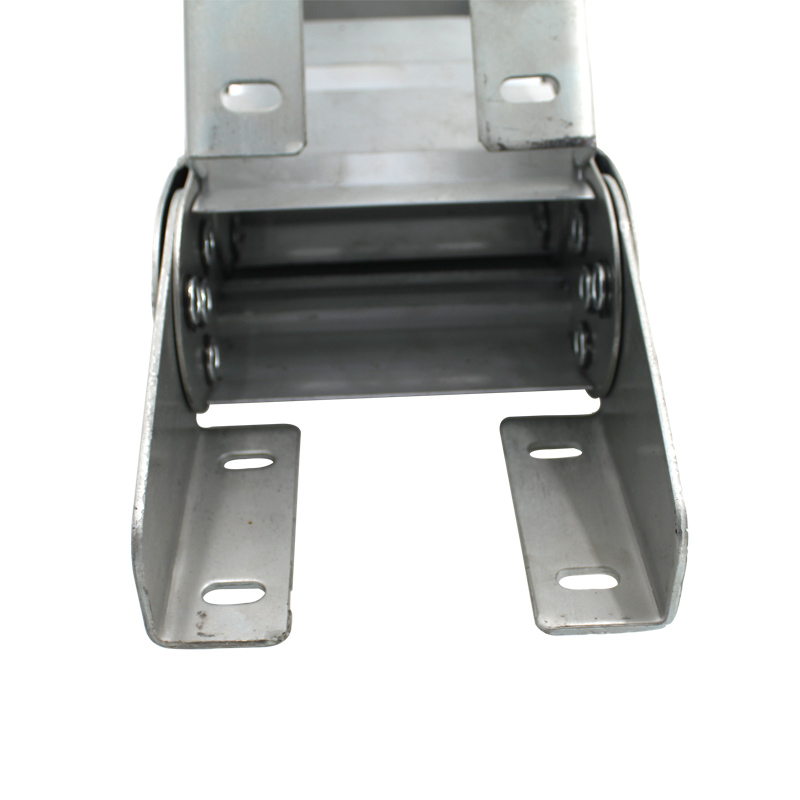split tubing
The Benefits of Split Tubing for Cable Management
In today's fast-paced technological landscape, efficient cable management is more important than ever. One innovative solution that has gained popularity is split tubing. This versatile product provides an effective way to organize, protect, and manage cables, wires, and cords in various settings—from homes to industrial environments. This article explores the benefits of using split tubing, its applications, and tips for effective usage.
What is Split Tubing?
Split tubing, often referred to as split wire loom or split loom tubing, is a flexible conduit made from materials such as polyethylene or rubber. It features a longitudinal slit that allows users to easily insert and remove cables as needed. The tubing typically comes in various sizes, ensuring compatibility with different cable diameters. This flexibility, combined with its robust construction, makes split tubing an ideal choice for protecting wires in a multitude of applications.
Protecting Cables
One of the primary benefits of split tubing is its ability to protect cables from physical damage and environmental factors. Cables, especially those exposed to harsh conditions, often suffer from wear and tear. Split tubing shields cables from abrasion, cuts, and impacts, thereby extending their lifespan. In industrial settings, where machinery and equipment can pose risks to exposed wires, the use of split tubing is vital in preventing costly downtime or equipment failures.
Organizing Wires
Cables can quickly become a tangled mess, leading to frustration and inefficiencies. Split tubing provides a practical solution for organizing wires, keeping them neatly grouped and separated. This organization not only enhances the aesthetic appeal of workspaces but also facilitates easier troubleshooting. When wires are organized, identifying and addressing issues becomes a simpler task, ultimately saving time and effort.
Safety Considerations
split tubing

Safety is a crucial aspect of any wiring setup, and split tubing contributes significantly to creating a safer environment. By encasing multiple wires into a single piece of tubing, the risk of electrical short circuits decreases. Split tubing can also reduce trip hazards by preventing cables from lying loose on the ground. Additionally, using tubing prevents accidental disconnects that can occur when wires are not securely managed.
Versatile Applications
Split tubing is suitable for a wide range of applications, making it an invaluable tool for homeowners, electricians, and businesses alike. For home theater systems, for example, split tubing can help manage audio and video cables in a clean, organized fashion. In automotive applications, mechanics can use split tubing to protect wiring harnesses from movement and exposure to elements. Meanwhile, in offices, it can help manage power cords and network cables, ensuring a tidy work environment.
Installation Tips
While using split tubing is straightforward, there are a few tips to ensure optimal results. First, measure the cable diameter accurately to select the appropriate size of tubing. Overly tight tubing can be difficult to manage, while too loose tubing does not offer adequate protection. Additionally, when installing, make sure to leave some slack in the cables—a common mistake is to pull the cables too tightly, which can lead to damage.
Furthermore, consider using additional accessories, such as cable ties or clips, to secure split tubing in place. This is particularly important in high-traffic areas or environments where the tubing may be subject to movement.
Conclusion
In conclusion, split tubing offers a practical and efficient solution for cable management. Its protective capabilities, organizational benefits, and versatility make it an essential tool in many settings. Whether in homes, offices, or industrial environments, investing in split tubing can lead to a safer, more organized, and longer-lasting wiring setup. As technology continues to evolve, embracing effective cable management practices like using split tubing will remain crucial for enhancing functionality and safety.








